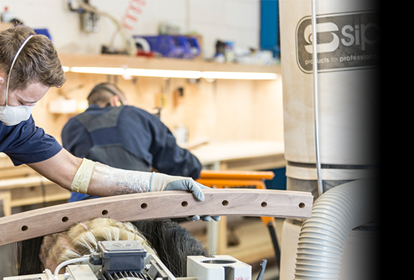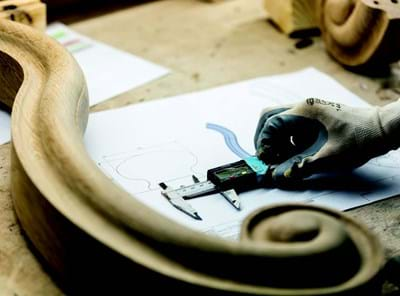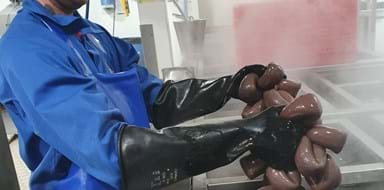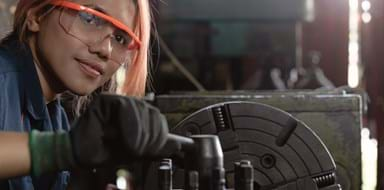For the last three years the business has used handheld scanner technology to capture measurements on site before installing the handrail.
By capturing this data and inputting it into CAD software it is possible to re-create the area digitally and design the handrail. This helps with accuracy and allows a customer to preview the design before it is fitted. However, the incumbent scanner is tethered to a battery and laptop which makes it difficult to capture a complex staircase.
There is also the problem of data compatibility between the scanner and CAD software to create the necessary geometry for 3D modelling.
Kenny explained: “Because every handrail and balustrade we do is bespoke we are always fitting to stairs that are just as unique, whether they are concrete, stone, timber, or the balustrade is glass or
wrought iron.
“Most of the time there aren’t drawings, so we need an accurate way to capture 3D geometry.
“Scanning technology is moving very fast and our tech will soon be obsolete. Bearing in mind we are on dusty, messy construction sites which affect the technology, there are safety concerns with using that sort of cumbersome equipment, as well as issues of accuracy and speed.”






